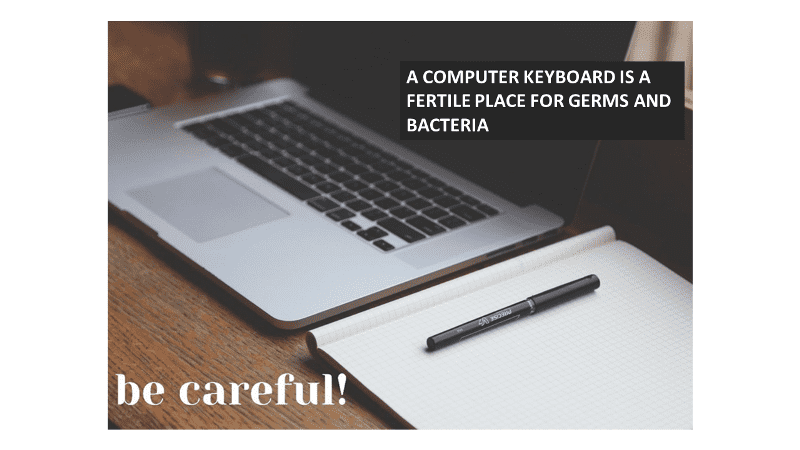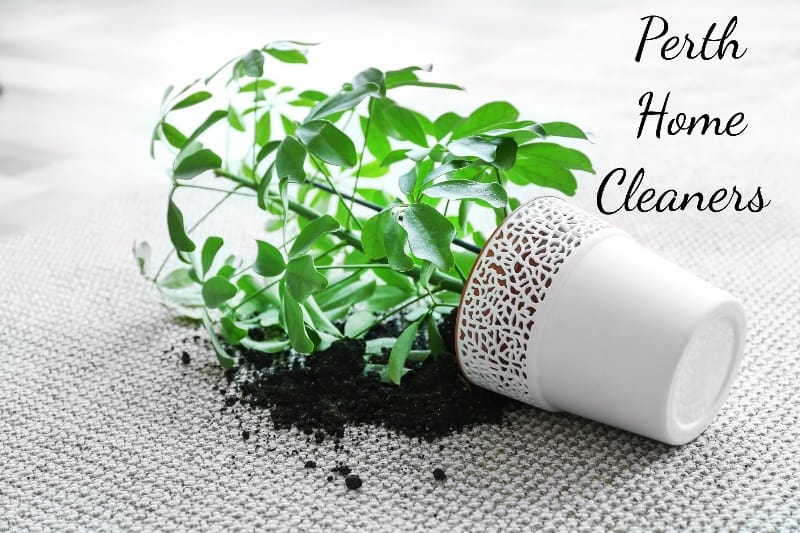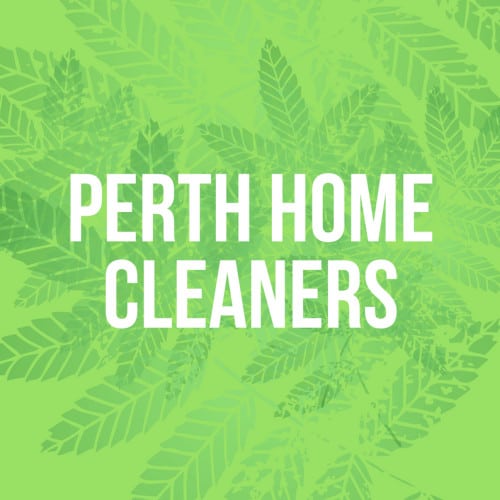The 5 Dirtiest Places In Your Home
We all wish we lived in immaculately clean houses, but let’s be honest – life gets in the way of our best intentions.
Even if your home looks clean to the naked eye, it is most likely harbouring all sorts of microscopic nasties.
Other than the pathogens that cause specific sicknesses like covid, the common cold or gastro, the four main disease causing bacteria in a typical home are:
- Salmonella
- Streptococcus
- Escherichia coli (aka E. coli) and
- Staphylococcus aureus (aka golden staph)
These are usually present across different surface areas, hopefully in small quantities. If their colonies get out of hand, they can cause infections that might result in serious illness.

Many households make toilet cleaning a priority but neglect the kitchen, bathrooms and garage. In fact, many people assume that the toilet seat is the dirtiest spot in the home. But did you know that your bathroom floor is likely dirtier than the toilet seat?
Warm and moist places around the home are perfect breeding areas for germs. Cleaning these areas requires specific cleaning methods and tools.
Many homeowners and tenants do not know these methods. They go through their regular cleaning rituals, that they learned from their parents or watched on tv, but they struggle to tackle the problematic areas of their house.
If you are new to the house, it’s a great time to get a thorough, deep clean by cleaning experts. Just ask for an end of lease cleaning package. Don’t worry about the name – why should it be limited to people moving out of their homes? If your landlord or the previous owner didn’t organise an end of occupancy clean, you should absolutely get one done. Just give us a call and we’ll take care of it for you.
How Bacteria Gets Imported Into the Home
People often bring bacteria and viruses into their home through personal items such as:
- Shoes
- Backpacks / handbags
- Cash
- Credit / debit cards
- Headphones
- Clothing
- Pens
A swab sample carried out on these items in more than a dozen homes across several neighbourhoods revealed the presence of yeast, mould, and fecal matter on each item.
Individuals may adopt healthy lifestyle habits to help reduce their exposure to, and transmission of dangerous germs into, the home.
These habits include:
- Regular washing of hands with soap and water immediately after coming indoors.
- Taking off shoes before walking through the house.
- Using disinfectant wipes to clean credit / debit cards, pens, etc.
- Removing outdoor clothes immediately after coming indoors.

The 5 Dirtiest Places in the Home
Germs exist in virtually every area of the home. Toilets are probably the most sanitized part of the home because they are cleaned frequently.
Health experts have consistently pointed out that the kitchen, the bathroom, and the living room are the parts of the home that harbour the largest number of disease-causing germs. The kitchen and the bathroom are warm and moist places where germs typically thrive, and as they are highly shared living space in most homes, they are havens for secondary bacteria transmission.
Below is a list of the 5 dirtiest places in the home, with tips on cleaning methods and effective cleaning agents and helpful tips that can eliminate harmful germs and bacteria lurking around in unexpected places in the home.
The Bathtub
The bathtub is a huge reservoir for harmful bacteria due to all the dirt and grime people scrub from their bodies during baths. Most people take warm or hot baths, with the water sitting for half an hour or more. This is an excellent breeding environment for fungi and bacteria.
Cleaning methods
- Cleaning professionals recommend spraying down the bathtub with disinfectant or a bleach mixture after each bath to kill germs and bacteria residue washed from the body.
- Regularly rinse and wipe bath edges, cracks, and wall corners with bleach bath cleansers to sterilize and kill off bacteria.
- Clean the grout a few times a year. Make sure you use cleaning products that are safe to use on tiles and grout.
Tap Handles
Tap handles have a lot of bacteria residue from people who touch them with dirty hands right before washing. They are common places where people pick up germs and bacteria around the home. Bath and kitchen taps and handles collect mould and yeast, as well as coliform bacteria.
Think about it – you wash your hands when they’re dirty, so they’re dirty when they touch the tap. But do you wash the tap down after?
Cleaning methods
- Cleaning with disinfecting wipes is a great method for getting rid of germs on taps.
- Old toothbrushes are useful tools for cleaning tiny spaces between taps.

Computer Keyboard and Remote Control Units
We use our keyboards, mice and remote controls right after (or while – be honest!) eating. Bits of food or grease are still on our fingers, even if we licked them first. It’s ok – we’ve all done it.
In fact, in a study done in 2001, the highest concentration of bacteria around the office was on the phone receiver, followed by the desk, computer keyboard and computer mouse. All of them had hundreds of times more bacteria per square centimetre than the toilet seat.
Cleaning method:
- Home cleaning experts recommend cleaning remote control units daily with an alcohol-based wipe or by using a towel soaked in bleach and water mixture.
- Shaking food crumbs out of keyboards is idea quick way to reduce the potential for bacterial growth.
- Wiping down the computer keyboard and mouse with an alcohol-based wipe before use is also advised.
Kitchen Sink
The kitchen sink is a natural harbour for bacteria and fecal matter. Does that last one surprise you? Salmonella bacteria live in the intestinal tract of birds. That’s how it gets into our food. And now that you’re feeling queasy, we’re sure you’ll handle the chicken more carefully in the future, right?
The kitchen sink in most homes is an active breeding ground for E.coli and Salmonella due to the bacteria from leftover food stuck inside the drain.
Cleaning method:
- Studies have shown that washing the kitchen sink every day using a disinfecting liquid can eliminate bacteria and germs.
- Decontaminating the drain by pouring a mixture of bleach and water down the drain opening should be done weekly for kitchen drains with a significant bacteria load.

Kitchen Sponge
Apart from being used to clean dirty utensils, the kitchen sponge is also used to wipe all dirty surfaces within the kitchen. Meanwhile, kitchen sponges are not always properly cleaned. The moisture inside the sponge fosters the growth of bacteria like E. coli and Salmonella.
Experts recommend replacing the kitchen sponge every fortnight if possible. There are also great alternatives to the sponge. Microfiber cloths are designed to soak up fluids and pick up dirt from dirty surfaces, and they are easily cleaned in the washing machine.
Cleaning method
- Cleaning and sterilising the kitchen sponge every day is an effective method of eliminating germs.
- Placing the sponge in the microwave for 30 seconds allows the heat to kill all bacteria present inside.
Bonus: Toothbrushes
If you have a toilet in the same room as your toothbrushes, make sure to put the toothbrushes in a covered container, or move them to another room.
Whenever you flush the toilet, fine particles of bacteria are thrown into the air. Some land on the toothbrushes, which are a perfect breeding ground for them.
Maybe it’s time to throw them out and get a new one. Your dentist will approve.








